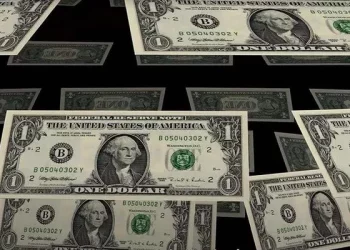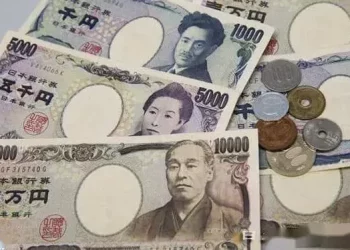The Japanese Yen (JPY) managed to break its three-day losing streak, likely influenced by remarks made by Bank of Japan (BoJ) Governor Kazuo Ueda on Monday. Ueda emphasized progress in moving away from zero and increasing inflation expectations, while stressing the need to anchor them at the 2% target. He also indicated the BoJ’s cautious approach, aligning with other central banks employing inflation-targeting frameworks.
Japan’s annual inflation rate remains above the BoJ’s 2% target, prompting discussions about potential policy tightening. The BoJ emphasizes the importance of a sustained and stable attainment of the 2% price target, alongside robust wage growth, as prerequisites for policy normalization.
Meanwhile, the US Dollar Index (DXY), measuring the USD against six other major currencies, hovers around 104.70. On Friday, the Greenback experienced losses due to a decrease in the 10-year US Treasury yield, attributed to improved risk sentiment following softer University of Michigan’s 5-year Consumer Inflation Expectations for May.
Japanese Yen Strengthens on BoJ Remarks
BoJ Deputy Governor Shinichi Uchida stated on Monday that the bank has reverted to a conventional monetary policy framework, aiming for a 2% price stability target through adjustments in the short-term policy rate. Uchida highlighted their successful navigation past the zero-lower bound.
Additionally, the University of Michigan’s 5-year Consumer Inflation Expectations eased slightly to 3.0%, below the forecasted 3.1%. Despite the Consumer Sentiment Index revision to 69.1 from a preliminary reading of 67.4, indicating the lowest level in six months, these figures may support investor sentiment towards potential Federal Reserve rate cuts.
According to the CME FedWatch Tool, the probability of a 25 basis-point rate cut by the Federal Reserve in September decreased to 44.9% from 49.0% the previous week.
On the economic front, the US Census Bureau released Durable Goods Orders on Friday, indicating a robust rebound in April with a 0.7% month-on-month increase, contrary to the forecasted 0.8% decline. However, March’s figure was revised downward to 0.8% from the initial estimate of 2.6%.
USD/JPY Trend Analysis
The USD/JPY pair trades near 156.70, exhibiting a potential bearish reversal signaled by an emerging rising wedge pattern on the daily chart. As the pair approaches the apex of the wedge, the 14-day Relative Strength Index (RSI) maintains a slightly bullish bias, above the 50 threshold. A drop below this level could signify a shift in momentum.
If the pair surpasses the upper boundary of the rising wedge around 157.30, it might target 160.32, marking its highest point in over thirty years. On the downside, immediate support lies at the nine-day Exponential Moving Average (EMA) at 156.40, followed by the lower edge of the rising wedge and the psychological level of 156.00. Further breaches could lead to downward pressure, potentially testing throwback support at 151.86.

























